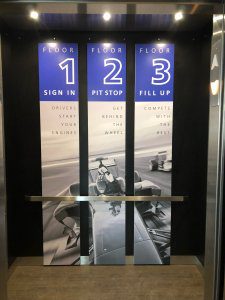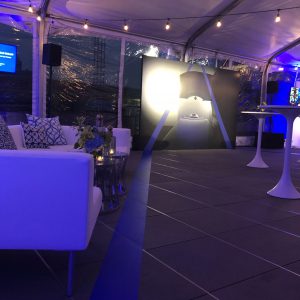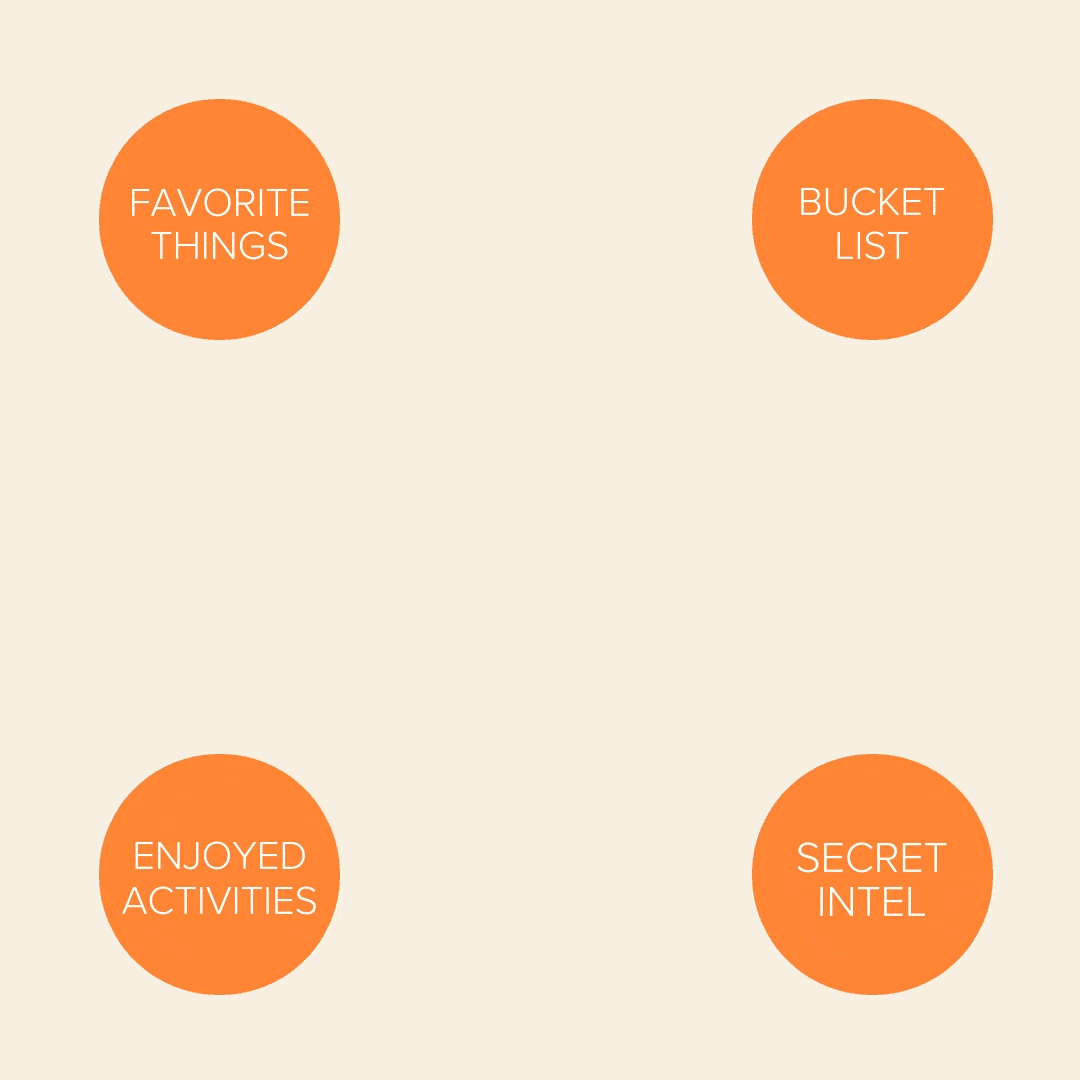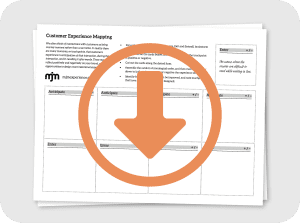Quick Client Gifts (Yes You Can!)
When we thank our clients, we want the expression to be genuine and to strike just the right note. However, it takes a sneaky amount of time to organize the perfect gift, and when we’re short on time — as we often are — it’s easy to table the task for the next day…and the next…and the….
Now it’s nearly Thanksgiving, and it almost feels too late for client gifts.
Or is it?
Waiting does have its benefits. For one, your options are whittled down, which can be a welcome relief. Ten types of mugs requires less effort than wading through 100. Your time crunch may also cause you to consider creative options you may not have otherwise. Always wanted to hand deliver your client gifts? This might be the year. And finally, if you haven’t already, this is the perfect excuse to evaluate and trim your recipient list. That client you haven’t worked with in ten years, but have optimistically sent annual gifts? Your time crunch makes it easier to pause them this year.
All of that description does nothing to solve the real question: what can I send my clients on a short timeframe? To get you started, we asked the ever-thankful MJM team what they’d suggest when needing a last minute gift. Here are their best ideas, for local or nationwide clients.
Local
- Wreaths or floral arrangements. These can likely be delivered or, if you’re really in the holiday spirit, set aside an afternoon for you and your team to run around town spreading cheer and handing out office-brightening arrangements.
- Coffee and treats. Let your clients know a week in advance that you’re sending breakfast. Then, on the appointed day, arrange for delivery of a spread of things such as bagels, parfaits, doughnuts, coffee, and orange juice. Be sure to include a gluten-free option.
- Event tickets. Purchase tickets to a well-loved local event that will put everyone in the holiday spirit.
Nationwide
- Digital gifts. Gift an audiobook, music, or even a three-month subscription to a streaming platform. Personalize this with a note that tells about a book that was meaningful to you or a documentary you’d recommend they watch.
- Writing utensils. What professional isn’t always hunting for just the right pen? Send 2-3 pen options and let your recipients vote for their favorite. Follow-up with a whole package of the winning pen for those who voted.
- Set-up an online store. Many screen print retailers and sweet treat companies will set up an online store for you featuring products you select. Once your “store” is ready, all you have to do is send your clients a greeting with a link to visit, pick an item, and have their chosen gift shipped to them directly.
Keep in mind that your gift should be just that: a gift. This shouldn’t be an attempt to sell, and it isn’t necessary to put your logo all over your gift. However, it’s still appropriate to brand your gift so that your clients easily connect it to your business. Tissue paper in brand colors, logo stickers, or handwritten notes on office stationery can all add light touches of branding, especially when time is short.
If all else fails, extend the season by sending a gift that celebrates the new year instead, or consider using this time to plan a Valentine’s Day gift so that way you’re ready when February rolls around.







